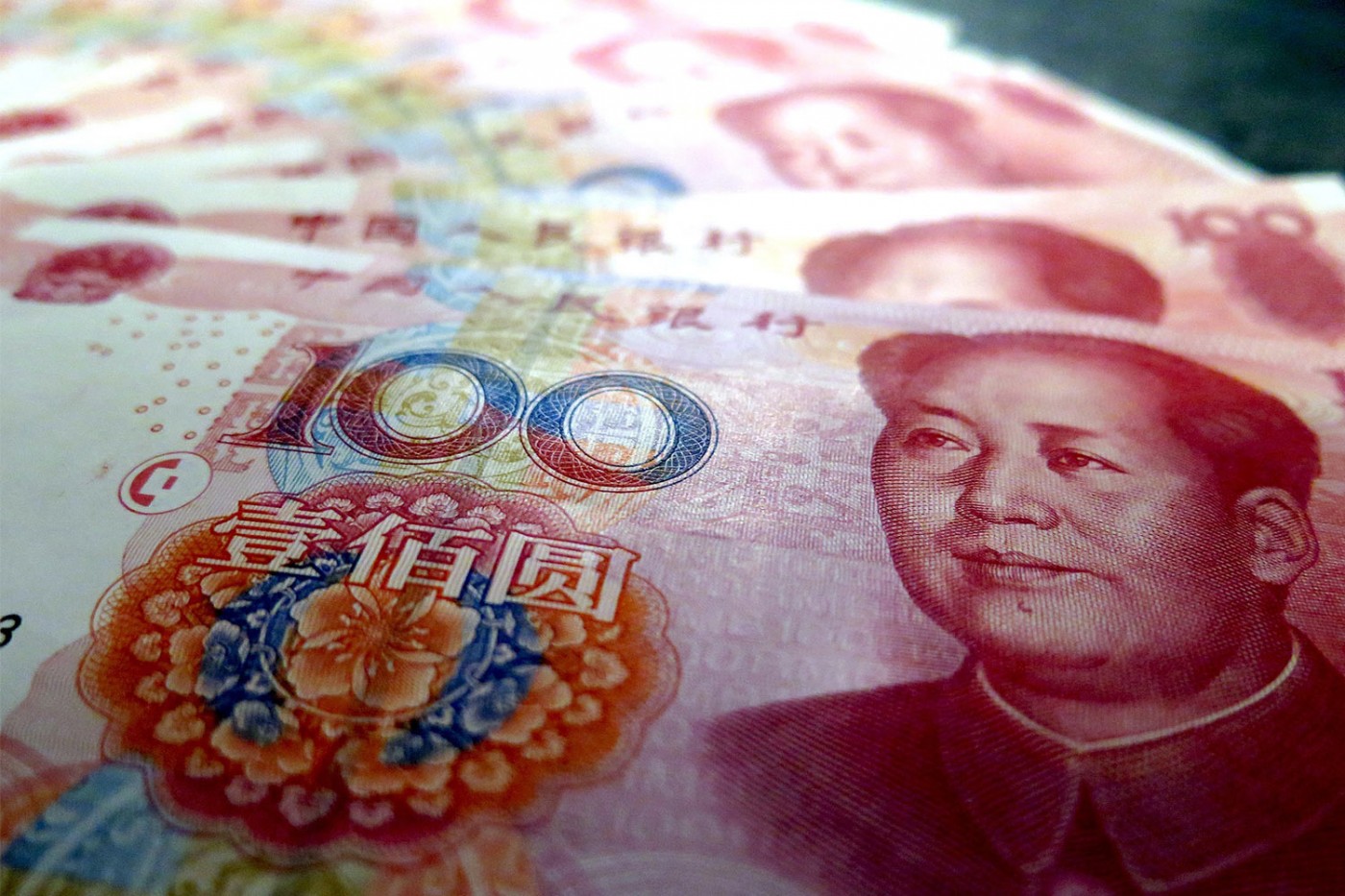Growth in China slowed slightly but a sharp slowdown is unlikely
India also looks strong while political events in Washington are compounding fears that future U.S. growth could disappoint
Economic growth in Asia still looks sustainable, with both China and India showing solid growth momentum in April. This was despite a slight slowdown in China last month and concerns around an inverted yield curve, with yields on five-year government bonds exceeding 10-year bonds.
In China, industrial production slowed to 6.5% YoY in April after a 7.6% expansion in Q1. Retail sales growth eased to 10.7% YoY after a 10.9% expansion in Q1. Urban spending slowed, along with demand for automobiles and communication appliances. Fixed asset investment growth eased slightly as railway transportation and energy investment slowed.
Tuan Huynh, CIO APAC and Head of DPM APAC, Deutsche Bank Wealth Management, said, “The slowdown in China came as the government tightened controls to guard against financial risks and leverage issues, while the slowdown in industrial production was due to a slower pace in raw materials and telecommunication production.”
He added, “These results suggest growth in China this year is likely to have peaked in Q1, but it should remain solid ahead of the 19th Party Congress in Q3. Against this background, the People’s Bank of China may be more cautious in taking a more hawkish stance ahead of further rate hikes in the U.S.”
India
India’s April economic data shows solid domestic demand, even if one discounts seasonality. The trade deficit reached USD13.2 billion, its highest since November 2014. Imports jumped by 49.1% YoY in April and exports rose by 19.8%. The surge in imports was supported by gold and crude oil demand. Export growth should recover and import growth eases pull back as seasonal factors fade. Industrial production growth accelerated to 2.7% YoY in March, from 1.9% in February.
India’s consumer price inflation rate slowed to 2.99% YoY in April, from 3.89% in March. Huynh commented, “The result, a low since the current series was first compiled in 2012, shows that India is currently enjoying a period of relative price stability at the moment. It provides the Reserve Bank of India (RBI) with flexibility to maintain policy rates at current levels. Inflation is likely to still rise in coming months, but is likely to remain comfortably within the RBI’s 2-6% target for this year.”
United States
Last week was dominated by U.S. market falls prompted by the growing political problems of the Trump administration, which has compounded skepticism about the U.S. growth outlook, with the Citigroup Economic Surprise Index at its lowest level for a year.
Concerns that the political situation could derail the administration’s pro-growth agenda were reflected in declines in sectors and asset classes that could have benefited most from it, with, for example, U.S. financials hit by a flattening in the Treasuries yield curve and the fading likelihood of financial sector reform. The Dollar Index fell to a year-to-date low, with traditional safe haven investments such as Treasuries, gold and the JPY making gains.
Christian Nolting, Global CIO, Deutsche Bank Wealth Management, commented, “The outlook for the Trump administration may start to crystallize if the former FBI head, James Comey, testifies before the House Oversight Committee next Wednesday as scheduled. The underlying fundamentals for equities remain intact and it is possible that economic growth could accelerate and risk sentiment could improve if political risks eventually subside.”


